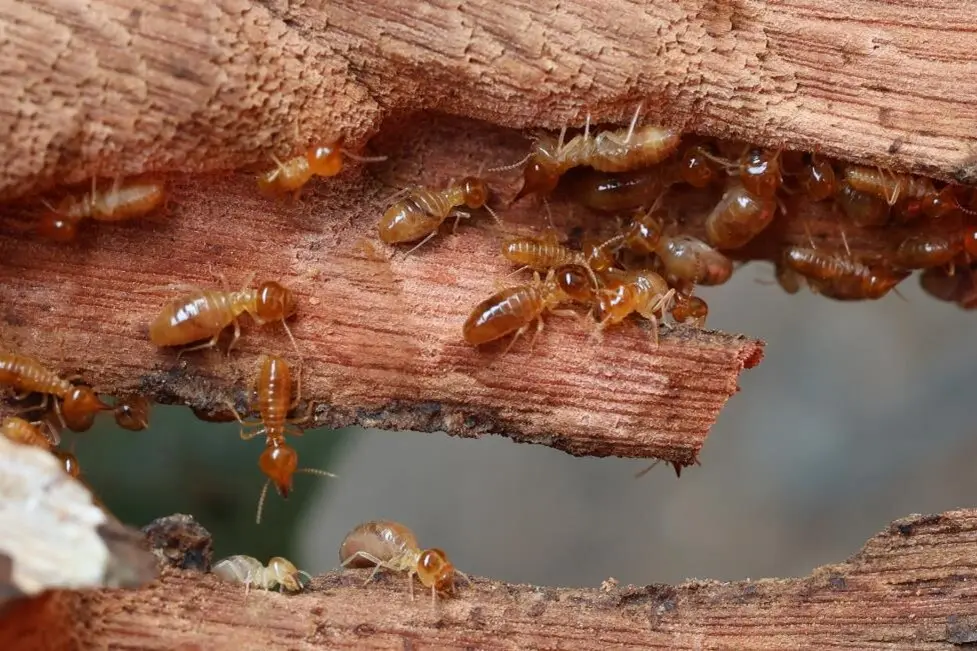Termite Control

Rove Pest Control Termite Removal
Termites earn their nickname, the silent destroyers, for a reason. Quietly chewing away at your home’s wooden structures, these pests often go unnoticed until it’s too late. By the time you hear the wood in your walls or floors creak, significant damage may already be done. Without timely intervention, termites can compromise the structural integrity of your home, leading to costly repairs and a lot of stress.
Thankfully, preventive monitoring and termite control from Rove Pest Control can help shield your property from these silent intruders. Our expert technicians work to detect, control, and prevent termites before they cause extensive damage, allowing you to keep your home or business stable and sound.
Termite Extermination and Prevention
Many people are unaware that two main types of termites—drywood and subterranean—each pose distinct threats to properties. Drywood termites live inside the wood they consume, often high in walls or attics, while subterranean termites build colonies underground, attacking structures from below.
Subterranean termites tend to cause widespread damage faster due to their large colonies, but drywood termites can be equally dangerous when left unchecked. Both types jeopardize structural stability, making proactive termite control essential.
Residential Termite Control Services
Every home is at risk of a termite infestation, even in places you might not suspect. Termites often inhabit out-of-reach, hidden areas like your attic, low areas like your basement, or even outdoor structures such as backyard sheds. These areas provide easy access to the wood termites needed to thrive, which is why routine inspections are your best way of spotting early signs of damage or active infestations.
Our residential termite control experts at Rove Pest Control are here to help you identify and treat these hidden infestations before they escalate. With scheduled inspections and targeted treatments, we can detect any threats early on, helping you avoid costly repairs and structural compromises.
Commercial Termite Control Services
We know maintaining a stable, secure environment for your customers and employees is your top priority, and termite infestations can put that at risk. To shield your business and those you serve, we conduct detailed inspections to track down termites and identify areas at risk of future termite issues around your property.
With our focus on detail and minimally invasive treatments, you can continue business as usual while enjoying the peace of mind only professional commercial termite control can provide.
Contact Rove Pest Control for Termite Extermination
If you are dealing with termites on your property, or if you want to equip yourself with the resources to prevent an infestation in the future, there’s no time to wait.
Our specialists are trained to spot even the earliest signs of termites, helping you stop damage before it starts. Your peace of mind and the well-being of your home or business are our top priorities.
Contact Rove Pest Control to keep termites far away today, tomorrow, and beyond.
